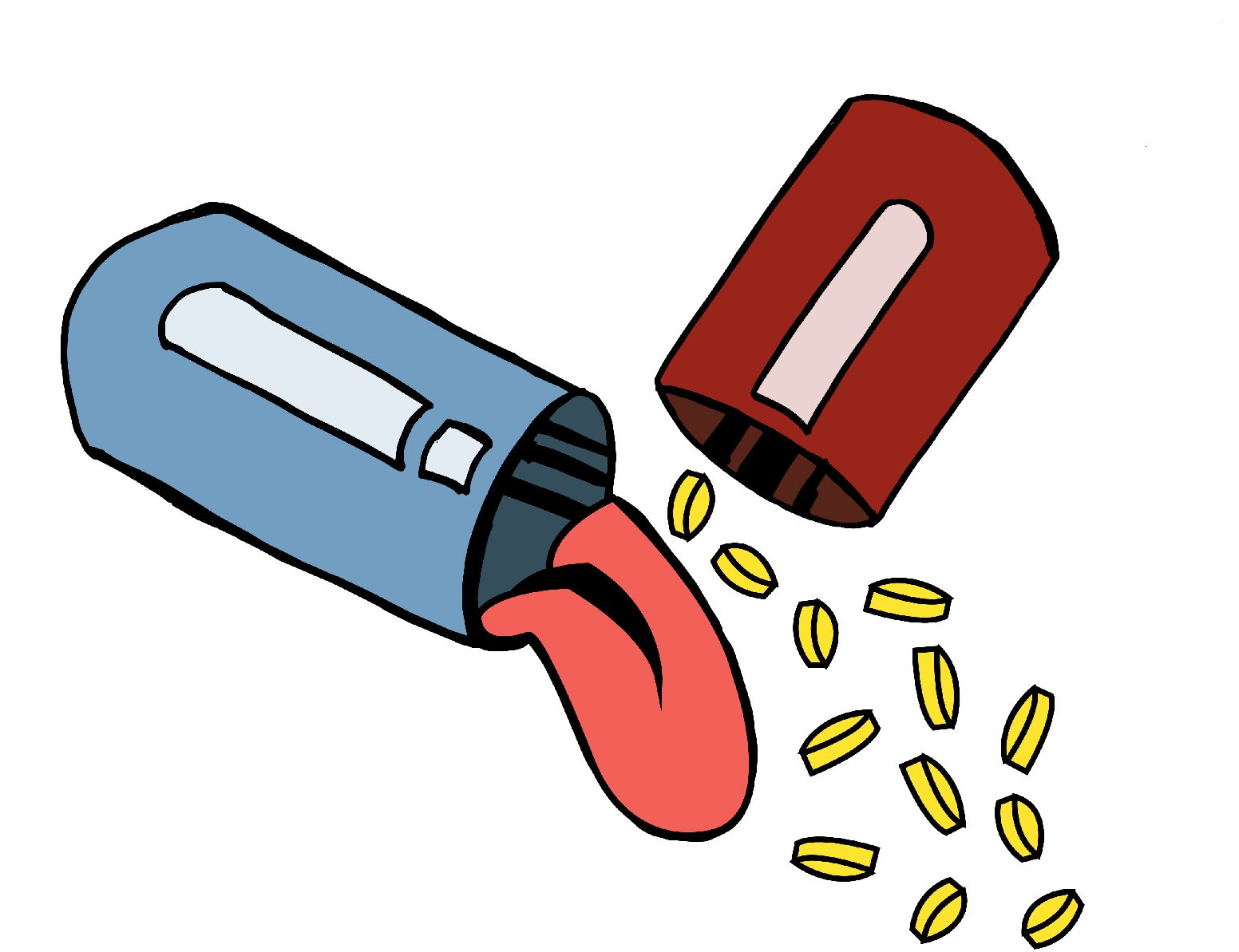The world is facing an opioid drug problem: Today, people overdose from prescription opioids three times as often as those who die from heroin abuse. According to the Center for Disease Control and Prevention, there were 63,632 drug overdoses in 2016 and 66 percent of those overdoses were caused by prescription opioids.
When Purdue Pharma—and other big pharmaceutical companies that are motivated by capital gain—are involved, health is no longer number one. Even worse, big pharmaceutical companies knowingly push addicting opioids to vulnerable international markets.
Instead of blindly accepting prescriptions, every consumer should stay informed on what they are putting into their bodies and where that drug comes from.
OxyContin is an opioid first introduced to the United States in 1995 by Purdue Pharma. Since then, both legal and public health concerns have arisen. Originally, the drugs were marketed as safe and non-addictive. The year it was released, two to three million prescriptions were filled. In just a year, it increased by eight million.
However, OxyContin in its original form is not safe or non-addictive; it is quite the opposite. After widespread overdoses related to OxyContin, states in the U.S. began to sue, claiming Purdue Pharma engaged in false marketing. In response, the company released an abuse-resistant formula of OxyContin to U.S. consumers. People could no longer get high off their prescriptions and many turned to heroin. Coincidentally, heroin addicts turned to OxyContin to come off their heroin addiction.
Opioids have become a gateway drug to heroin, leading to an increased percentage in the rates of diseases transmitted by blood and sexual contact. In 2017, the US Department of Health and Human Services declared the opioid epidemic a national health crisis. Because of government pushback, drug sales decreased in the U.S., so Purdue Pharma set its eyes elsewhere: the global market.
Purdue Pharma began targeting economically vulnerable countries where it would be easier to sway health professionals and public opinion. In China, Purdue Pharma sponsored public awareness campaigns and special seminars aimed at urging doctors to prescribe opioids. Brazil saw a 465 percent increase between 2009–2015 in opioid prescriptions, and for those who couldn’t afford OxyContin, coupons were made available so everyone could have access.
Doctors in the U.S. also play a role in fostering addiction. In the study, “Financial Conflicts of Interest in Medicine,” a positive correlation was found between higher brand-name prescription rates and payments from those specific brand companies.
A 2015 study found similar results. Doctors filled out about nine percent more opioid prescriptions, particularly OxyContin and Vicodin, a year after receiving an incentive from those companies. Furthermore, out of around 369,000 doctors prescribing opioids, seven percent had accepted around $9 million in 2014.
Are opioids being prescribed in lieu of other treatments that might be safer and just as effective? Considering the industry and past occurrences, a smart consumer would be weary in readily accepting an opioid prescription from their doctor without research and questioning.
It seems Purdue Pharma is making it big on the global market at the expense of global health. When a big pharmaceutical company can be in hot water in the U.S. and then seamlessly move abroad to commit the same crimes, it should inspire serious doubt.
Consumers need to start questioning prescriptions instead of accepting blindly. Next time your doctor decides to prescribe you an opioid, ask them if there is a better, less addictive alternative.





